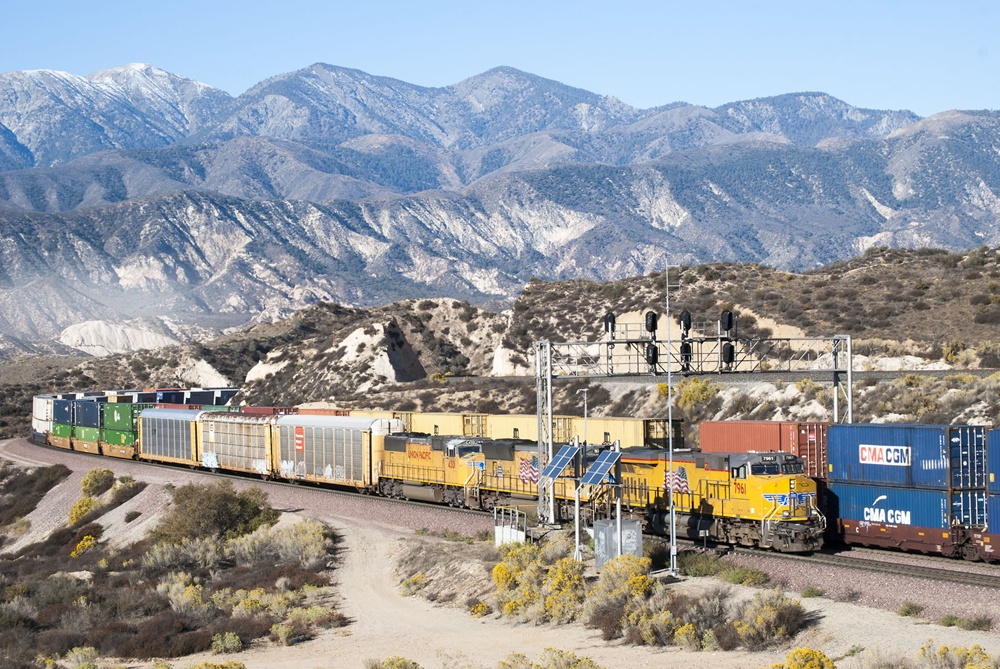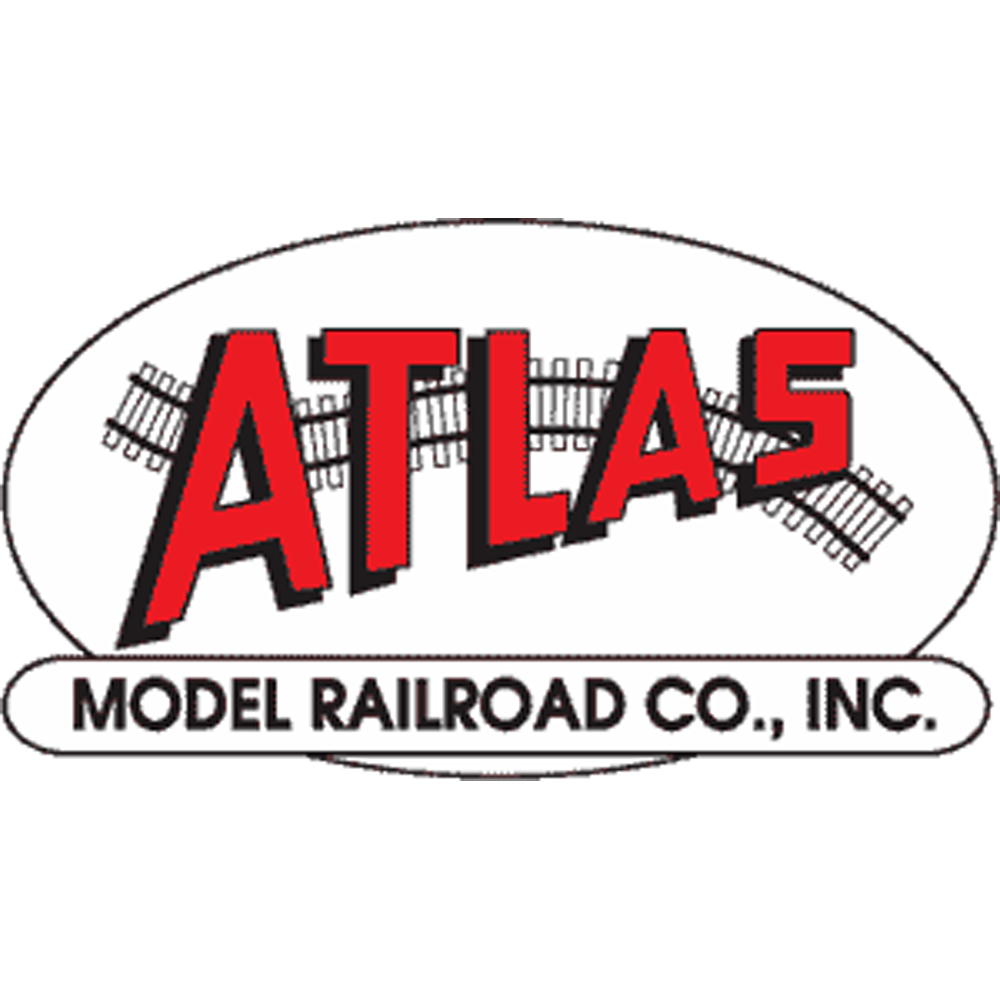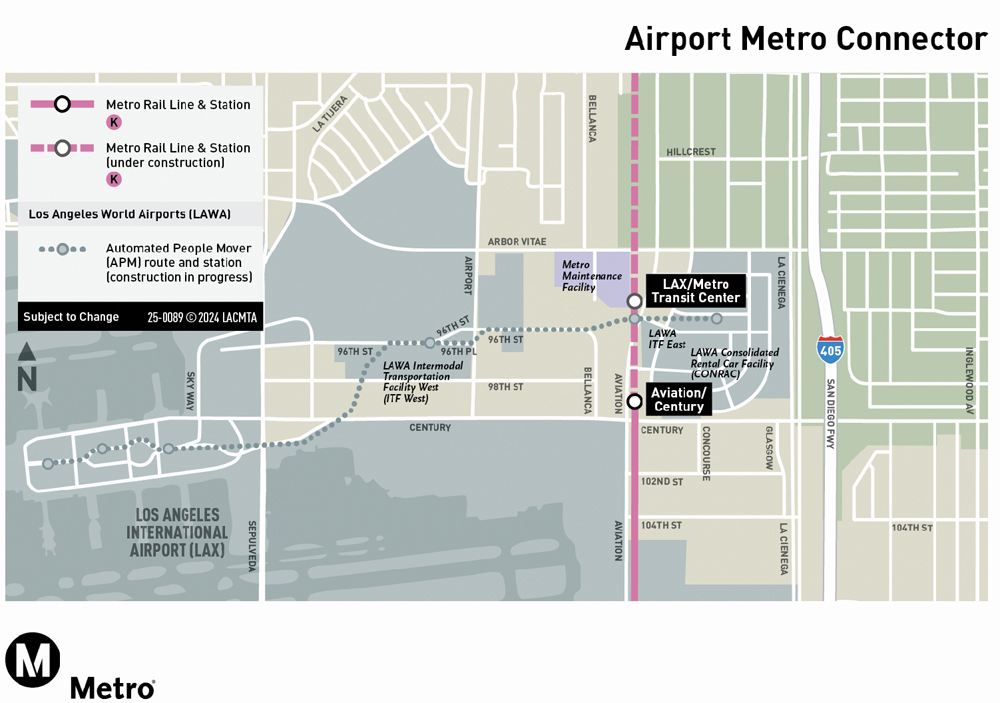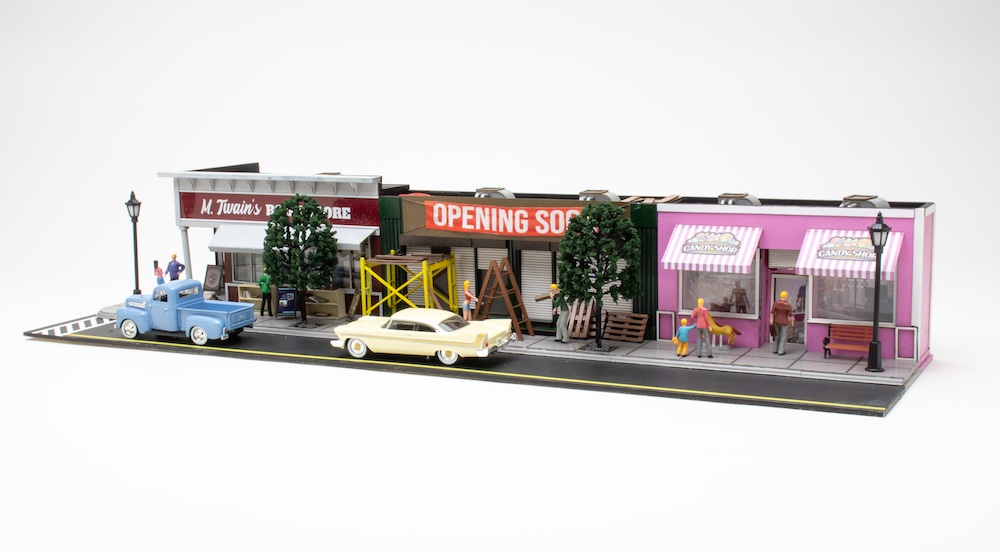While the process seems like it might be inching along, railroads have made significant strides in the past two years installing the complex safety system.
Congress approved the PTC requirement as part of the Rail Safety Improvement Act of 2008. The law initially mandated railroads install PTC on tracks that carry passengers or so-called toxic-by-inhalation materials by the end of 2015; an extension was granted, giving railroads until the end of 2018.
“I think substantial progress has been made particularly considering where things stood when the Congressional Act was passed,” said Allan Rutter, who served as administrator of the Federal Railroad Administration from 2001 to 2004. “I think that there are some folks on the safety side of things … who I think seemed to believe that this was something that they could go down to Radio Shack, put in the cabs and off they’d go.”
Here is a look at several critical numbers related to PTC implementation.
57,848
The nation’s railroads need to install PTC on nearly 57,848 route miles, and at the end of 2018, railroads had installed PTC on 45,933 miles, numbers from the U.S. Department of Transportation show. In total, there are approximately 140,000 miles of freight railroad tracks in the country and 7,815 miles of commuter rail tracks as of 2017, though some of that is shared with freight railroads, according to the Bureau of Transportation Statistics.
41
A total of 41 railroads, including 27 commuter railroads, are required to meet the Congressionally mandated deadline for PTC implementation of Dec. 31, 2020, according to the U.S. Government Accountability Office. According to GAO numbers, commuter railroads required to implement PTC provide roughly 490-million annual passenger trips over 8,440 miles of track.
$10.6 billion
As of Dec. 31, 2018, the nation’s Class I railroads spent $10.6 billion on development and deployment on PTC systems on their networks, according to the Association of American Railroads. Estimates show that as of the end of 2018, BNSF Railway spent more than $2 billion, CSX Transportation spent $2.2 billion, Norfolk Southern spent $1.7 billion, and Union Pacific spent $2.8 billion on PTC implementation.
20
Railroads must install 20 “major components” to implement PTC, according to the GAO. These components communicate the locations of trains, movements, and speed. These systems must be interoperable, which allows commuter, passenger and freight railroads to operate across all railroad systems seamlessly and communicate with other railroads’ systems.
83 percent
At the end of 2018, Class I railroads had equipped 83 percent of their route miles with PTC, according to the AAR, exceeding the 50 percent required by federal law. At the end of 2016, the Feds deemed 18 railroads were “at-risk” of failing to meet the PTC deadline. That number has dropped to zero at the end of 2018.
28,500
Class I railroads are installing 28,500 custom-designed “wayside interface units”, according to the AAR. These units transmit information from signals and switches along a railroad’s right-of-way to locomotives and railroad facilities.
19,912
Railroads must install PTC on 19,912 locomotives, according to the FRA’s latest PTC implementation status report. That number includes: 16,375 Class I locomotives, 469 on Amtrak, 2,907 commuter locomotives and 161 on railroads classified as “other,” such as Florid East Coast and Conrail, the FRA numbers reveal. At the end of 2018, railroads have installed the system on 19,592 locomotives.
2,481
While the goal of PTC is increasing railroad safety, railroad safety has improved since Congress mandated PTC, transportation statistics numbers reveal. In 2008, there were 2,481 accidents excluding those at grade crossings, including 1,789 derailments and 192 collisions. That number declined to 1,836 accidents in 2018, including 1,327 derailments and 86 collisions. There were 318 injuries and 27 fatalities in 2008. Those numbers declined to 193 injures in 2018 and eight fatalities, numbers show.
4
The number of railroads that self-reported they had fully implemented PTC systems on their required main lines as of Dec. 31, 2018, according to the FRA. Railroads reported they had installed PTC on 212 track segments completed between 2008 and 2016, according to the transportation department. That number increased to 750 by the end of 2018.
“The adoption of PTC systems is the most fundamental change in our country’s rail safety technology since the introduction of automatic train control nearly 100 years ago,” U.S. Secretary of Transportation Elaine L. Chao said at a PTC session in February.















490 million passenger trips annually. Sounds very low. Approx 800 million aviation trips are made per year in the US. FAA website. I thought commuter rail carried substantially more passengers every day than planes…
The article above says the goal of PTC was railroad safety and while that is certainly a laudable goal, I seem to recall that better productivity was the clincher for most railroads. Better productivity in terms of more trains running per track mile and fewer personnel to run those trains.
Higher productivity was the dream of the Class 1 carriers in being required to installed PTC for it’s safety aspects! It will remain to be seen if those Class 1 dreams will be realized. Considering the train sizes being operated by the Class 1’s they are already running nearly three full sized trains from the 2008 era with every 2019 sized train they operate. The increased train size did not require the safety aspects of PTC to be operated. The operation of those trains may rely on improved communications abilities the PTC have fostered, however the improved communications could have been installed at much less cost and complexity than has been involved in PTC.